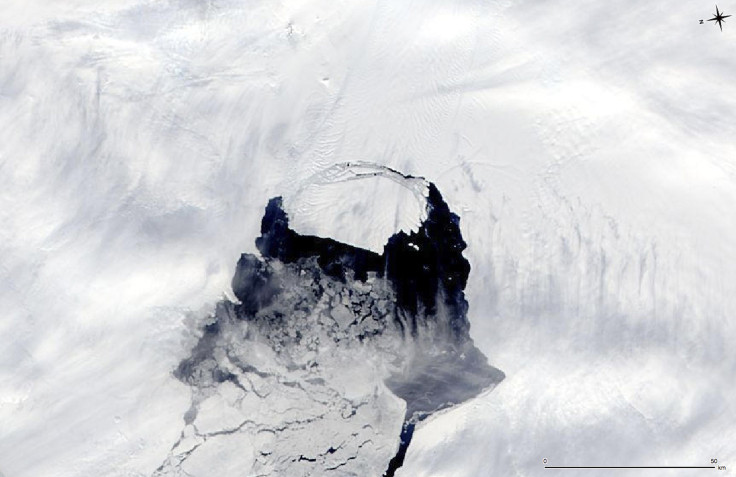Antarctica’s mysterious underwater world discovered; Spidery starfish, coconut-shaped sponges & pink algae spotted among others

Australian Antarctic Division scientists have got a rare glimpse of the mysterious underwater world that’s present beneath the Arctic sea ice. Stunning images of spidery starfish, dandelion-like worms, coconut-shaped sponges and pink encrusting algae were captured by an underwater robot that the scientists deployed at O’Brien Bay, near Casey research station in East Antarctica.
The camera, attached to a Remotely Operated Vehicle (ROV), has revealed an exquisitely-beautiful and colourful world. Dr Glenn Johnstone, Australian Antarctic Division Biologist, explained that while the images were being taken, scientists also retrieved a SeapHox pH data logger, recording temperature, salinity, oxygen and acidity of the seawater on an hourly basis. This they were doing since November 2015.
“These communities live in water that is -1.5°C year round and are covered in 1.5 metre thick sea ice for 10 months of the year ... Occasionally an iceberg may move around and wipe out an unlucky community, but mostly the sea ice provides protection from the storms that rage above, making it a relatively stable environment in which biodiversity can flourish,” Johnstone explained in an Australian Government, Department of the Environment and Energy, Australian Antarctic Division statement.
Whenever people think of an Antarctic coastal marine environment, animals that generally come in mind are penguins, whales and seals. However, this footage, captured by the underwater camera has revealed a highly productive, dynamic and colourful biodiversity that few are aware of. The biodiversity includes sea stars, sea cucumbers, sea spiders, urchins and sponges.
Source: YouTube/AusAntarctic
The Australian Antarctic Program was formed “to determine the impacts of ocean acidification on Southern Ocean sea-floor communities under increasing carbon dioxide emissions.” The mysterious world beneath the ice has immensely complex biodiversity and they too are facing the survival threat due to ocean acidification caused by increasing levels of carbon dioxide emissions. Antarctica could be one of the first regions to experience the ghastly effects of ocean acidification.





